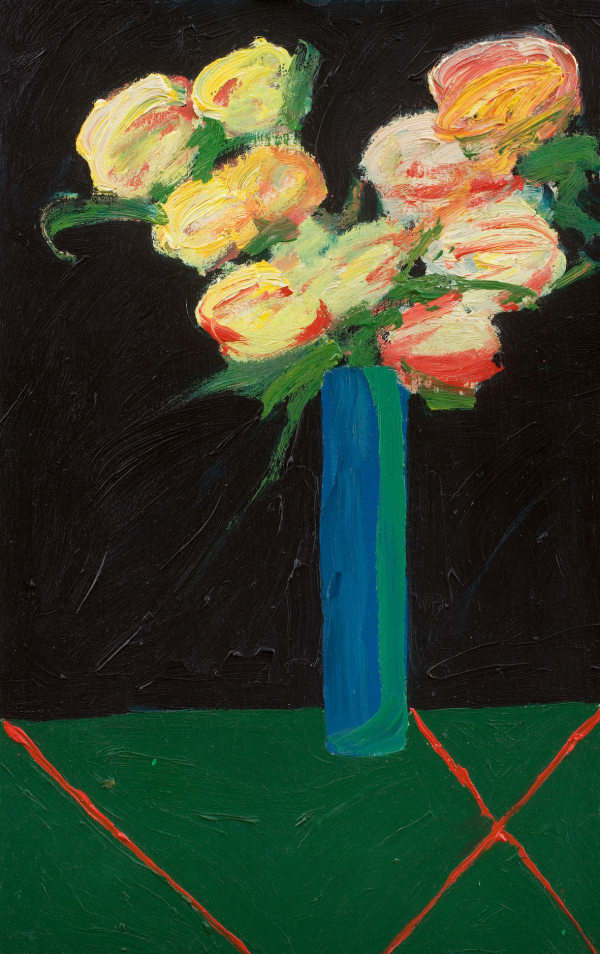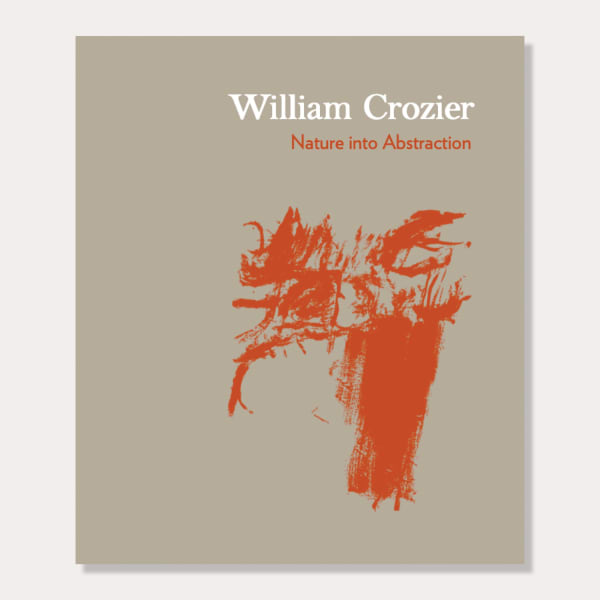William Crozier: Seize the Flow'r
Returning from a visit to New York in 1979, William Crozier had a rush of creative energy. Newly confident in his European identity and inspired by art of the past, he produced a cycle of still life work. This art is by turns mesmeric and effulgent, pulsing with the memory of both Chardin and Picasso. It was a transformative moment for Crozier, marking the transition from the earlier angst-ridden work to his mature style of colourful, tightly woven designs.
Piano Nobile’s exhibition presented a selection of his paintings and watercolours. Many have not been on display in public for forty years. Shortly after they were made, this cycle of work was exhibited in two significant exhibitions – the first at Swiss Cottage Library in 1980 and the second at Galleria del Cavallino in Venice in 1984. Both demonstrated the artist’s renewed fluency, varied pictorial imagination and creative vitality.
To Crozier, a vase of flowers was loaded with possibilities. The juxtaposition of two bouquets could suggest a psychological conflict, while a dramatic treatment of light could raise them to the pitch of the greatest history painting. These still life paintings also draw upon Crozier’s developed sense of mortality. The subject of flowers helped to illuminate the time-worn idea of vanitas and Crozier was fond of quoting Robert Burns, who wrote, 'But pleasures are like poppies spread, you seize the flow’r, its bloom is shed.'
William Crozier was one of the premier Irish painters of the post-war period and this exhibition forms part of a series of exhibitions showing his work. William Crozier: Seize the Flow’r coincided with an exhibition at The Lightbox, Woking, with both exhibitions providing detailed investigations into just a few years in Crozier’s career, giving audiences an unparalleled opportunity to delve into the artist’s fast-moving development. Crozier was continually exploring the limits of representation and his art sometimes changed dramatically over a short period. These two exhibitions demonstrate the wide-ranging imagination which the artist brought to still life and landscape subjects alike.
The exhibition was accompanied by a fully-illustrated exhibition catalogue.
Piano Nobile represents the William Crozier Estate.
















